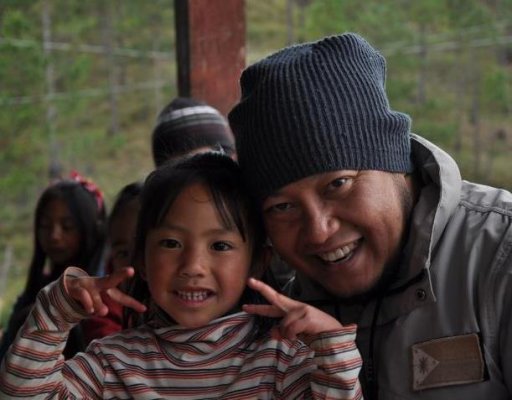By A.S. Bonifacio
This has become an enduring haunt in Sikatuna Village, ever since it opened several years back and many other food joints in the area came and went. Maybe part of its success is its location. It’s a bit far from the foodie spots gathered at certain parts along Maginhawa Street, which spans three barangays—UP Village, Teachers’ Village, and Sikatuna. The easy-to-find café doesn’t have to compete for attention unlike the busy portion near Magiting Street that leads toward UP campus. Instead, it bookends the other side of Maginhawa, lording it over at Sikatuna, a corner down from Bayantel, and a corner away from Camp Karingal. The location gives you an idea of the usual patrons that fills it especially at lunch, aside from the academic crowd, attracted not only by the free wi-fi (minimum order) but also by the wallet-friendly menu.
As indicated by its name, the café specializes in dishes and ingredients connected to the province of Quezon, and then some. There’s the urbanized version of Quezon’s popular street food, pansit habhab, on a plate and with a fork. The habhab I’ve had at Lucban, freshly-made miki with vegetables, was served on a banana leaf without any utensils, since the pansit is to be slurped straight unto one’s mouth.
You’ll also find Lucban longganisa served for breakfast, with egg and fried rice. It’s not sweet, but garlicky and full of flavor. My favorites are the crispy tapa, deep-fried beef jerky that one drenches with vinegar, as well as the spicy chicken, simply fried with something peppery added, no need to add catsup. Another secret to the cafe’s success is its sweet offerings, such as its unforgettable lemon-lime chiffon cake and its bestseller, peanut butter cheesecake. Some people drop by just to buy them by the slice or whole. Aside from brewed coffee, one can pair the cake slices with salabat, as well as flavored teas by the teapot. It also sells delicacies from Quezon such as puto seko, meringue, uraro biscuits, and even kiping, usually seen adorning Lucban homes during the Pahiyas fiesta.
What I like most about this spot is that it’s a decent, cosy, and affordable refuge, especially in the slow café hours (early afternoons and after-dinner hours, until ten p.m.). It’s an ideal go-to place for a relaxing time with friends, a surprise birthday treat, or a pick-me-up snack all alone.











